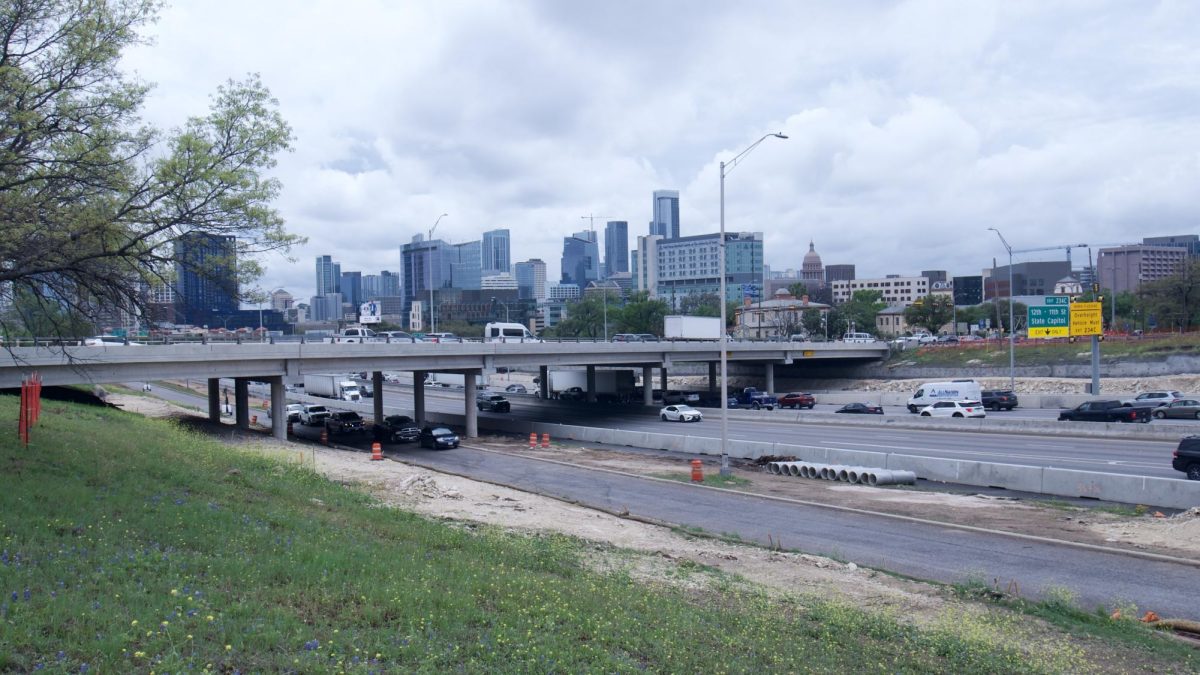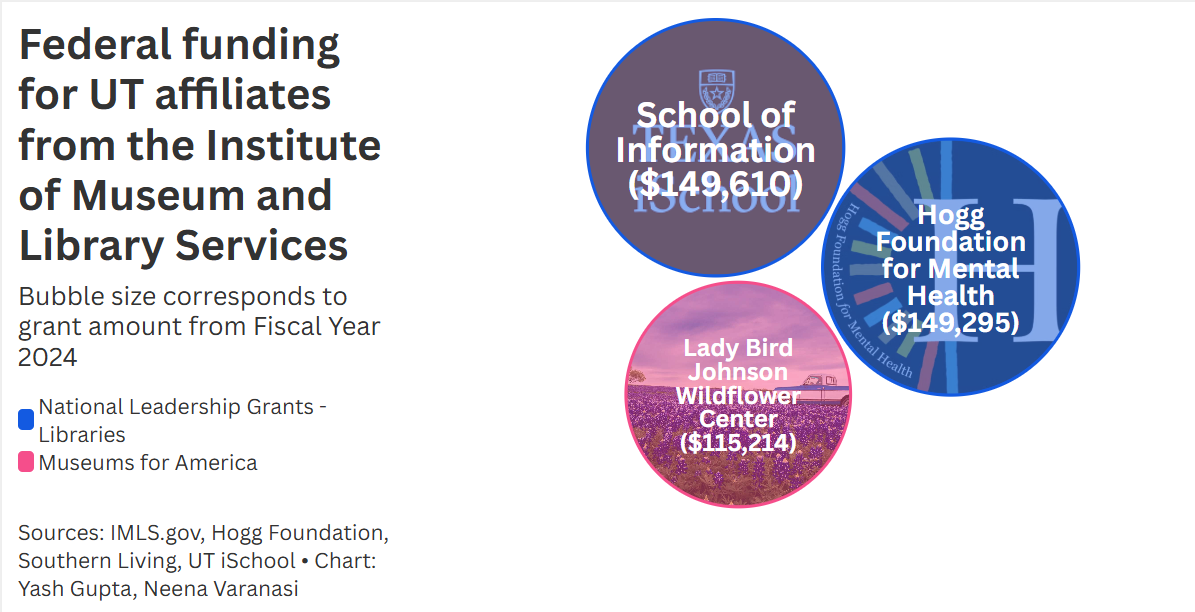President Donald Trump rescinded major environmental regulations in a new federal rule effective April 11, changing environmental compliance for major infrastructure projects in Austin such as the Austin Light Rail.
Under a Jan. 20 executive order, Trump directed the Council on Environmental Quality, or CEQ, to rescind its 56-year regulatory authority on the National Environmental Policy Act, or NEPA, which requires federal agencies to assess and report the environmental effects of their proposed projects.
NEPA is a procedural statute that does not impose significant environmental requirements on federal agencies, said David Spence, a UT law professor who specializes in energy and environmental law. Rather, NEPA requires public disclosure of environmental impact through an analysis and approval process.
“What NEPA does is force agencies to look at a broader array of consequences of the projects they’re thinking about undertaking or approving,” Spence said. “It’s not just air pollution, water pollution and land pollution, but impacts to endangered and threatened species, impacts to historical and archaeologically valuable resources (and) impacts to traffic.”
To comply with NEPA, Austin Transit Partnership must prepare an environmental impact statement by fall 2025 responding to public comments and feedback received on the light rail project.
The partnership will continue to work with the Federal Transit Administration throughout the remainder of the project and will receive guidance on regulatory changes, said Jennifer Pyne, the partnership’s executive vice president for planning, community and federal programs.
In addition to the transit administration, the Environmental Protection Agency worked with the partnership to share various recommendations for environmental justice and planning throughout the NEPA regulatory process. The partnership followed EPA guidance to utilize EJScreen 2.3, an EPA screening tool combining socio-economic, geographic and environmental indicators to assess which populations would be most at risk for further health and safety impacts.
Under a Jan. 21 executive order, President Trump rescinded a 31-year-old directive that called on the government “to focus federal attention on the environmental and human health conditions in minority communities and low-income communities” when conducting environmental assessments. On Feb. 5, the EJScreen tool was formally removed from the EPA website, according to reporting by the Environmental Data and Governance Initiative.
“EJScreen is no longer available as EPA is working to diligently implement President Trump’s executive orders, including the ‘Ending Radical and Wasteful Government DEI Programs and Preferencing,’ as well as subsequent associated implementation memos,” an EPA spokesperson said in an email.
Spence said the Trump administration’s move to rescind the CEQ’s regulatory authority is part of a larger set of deregulatory actions.
“You can think of this initial barrage as giving expression to that sort of anger and frustration at the regulatory state that the base of the Republican party feels,” Spence said. “When I say the base, I mean the most ideologically extreme and negatively partisan voters who sort of dominate the primary voting electorate.”
While CEQ will no longer have overarching authority over environmental compliance under NEPA, Spence said individual federal agencies will still be required to revise their NEPA standards according to the terms of the new guidance.
“It’s a 50-plus-year-old-statute,” Spence said. “Maybe there’s some sentiment for streamlining it a little bit, or streamlining NEPA reviews or trying to limit the criteria for a judicial review of NEPA analyses.”














